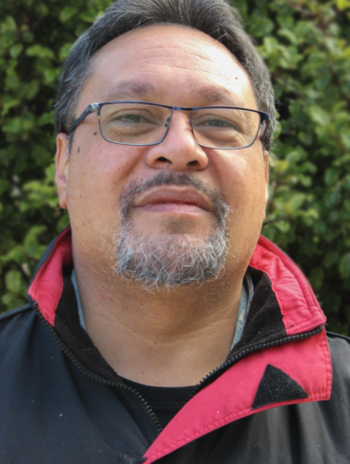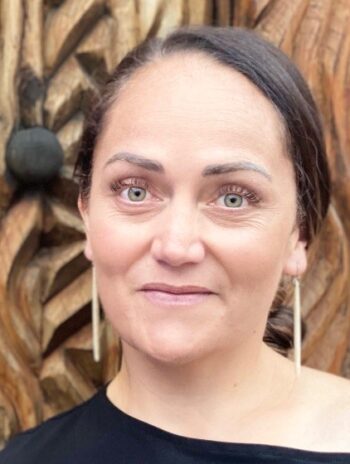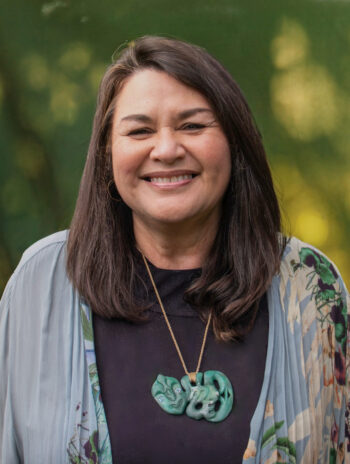More Projects

Manawaroa
Central to this kaupapa is positioning whānau at the heart of a strengths-based, solutions-focused approach.

Wai Ora Kāinga Ora
Community-led kāinga solutions for water, ecosystems, and climate resilience.
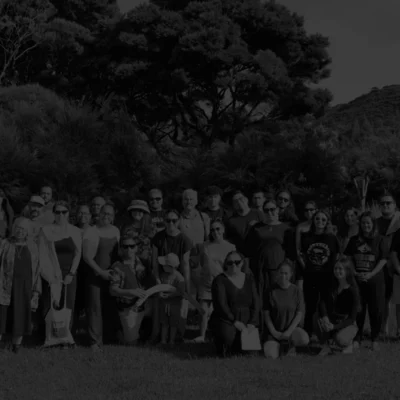
Generation Kāinga
Rangatahi building a regenerative and resilient Aotearoa

Digital Twin
Understanding whenua and wai through community-led technology
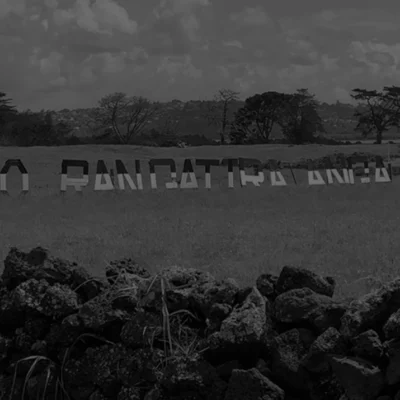
Matike Mai te Hiaroa
Retracing Ahi Kaa resistance and relationships at Ihumaatao
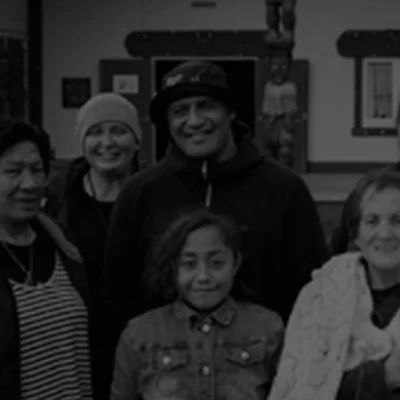
Urban Intergenerational Kāinga Innovations
Supporting intergenerational housing futures for whānau Māori


